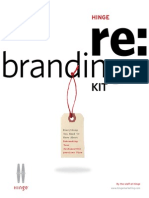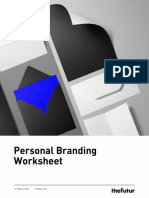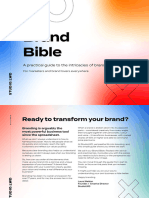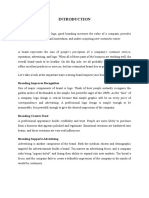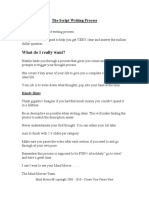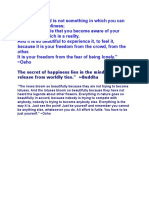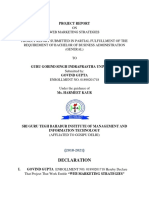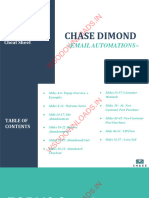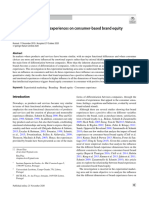100% found this document useful (6 votes)
2K views39 pagesBranding Guide for Entrepreneurs
The document provides guidance on developing an effective brand strategy in 4 steps: 1) Create a clear mission statement that explains why the company exists; 2) Define a set of core values that will guide the company; 3) Identify the target audience and their interests; 4) Develop brand touchpoints that consistently communicate the brand's message to the target audience. Following these steps will help maximize the chances of success by creating a cohesive brand identity and shaping strong customer perceptions.
Uploaded by
Laxmi AbundanceCopyright
© © All Rights Reserved
We take content rights seriously. If you suspect this is your content, claim it here.
Available Formats
Download as PDF, TXT or read online on Scribd
100% found this document useful (6 votes)
2K views39 pagesBranding Guide for Entrepreneurs
The document provides guidance on developing an effective brand strategy in 4 steps: 1) Create a clear mission statement that explains why the company exists; 2) Define a set of core values that will guide the company; 3) Identify the target audience and their interests; 4) Develop brand touchpoints that consistently communicate the brand's message to the target audience. Following these steps will help maximize the chances of success by creating a cohesive brand identity and shaping strong customer perceptions.
Uploaded by
Laxmi AbundanceCopyright
© © All Rights Reserved
We take content rights seriously. If you suspect this is your content, claim it here.
Available Formats
Download as PDF, TXT or read online on Scribd
/ 39

















